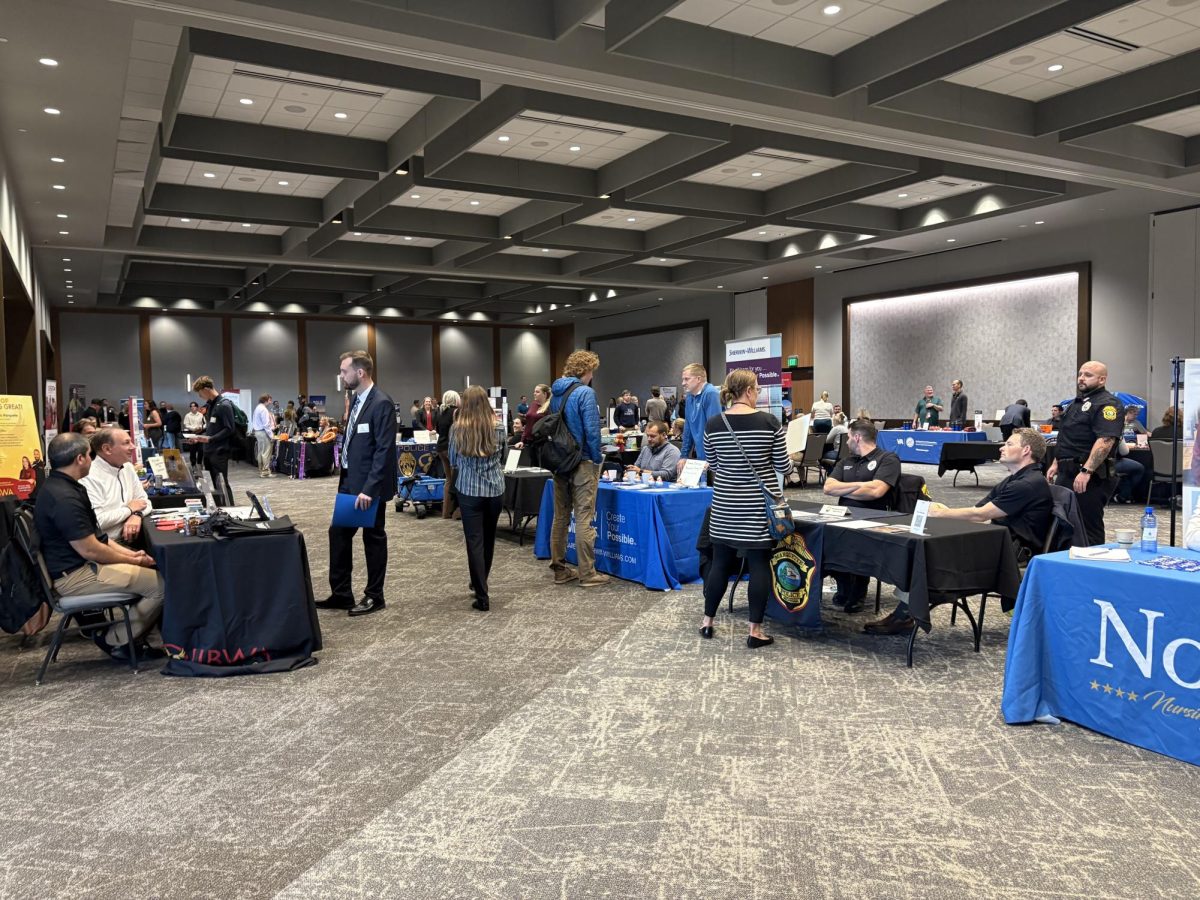The Marquette Board of Light and Power (BLP) is third in a line of growing utilities around the state that will develop community solar programs for the generational output of its power system.
Currently, there are only four other locations in Michigan that have began installing their own solar program in conjunction with Michigan Energy Options (MEO). They include Allendale Twp., Traverse City, Kalamazoo and Lansing, but slowly more utility companies are catching on around the state.
“We’ve got about 11 customers who have solar in their homes now,” said David Lynch, assistant director of utility operations. “But we’ve also had requests from customers saying, ‘why don’t you guys build a community solar garden and let us purchase shares or panels in that garden?’ So we’ve been looking at this for about a year and decided now is probably a good time to do it.”
BLP expects to start a 50-100 kilowatt solar program consisting of as many as 400 panels on the western side of its building located on Wright Street. An 8,000-square foot swathe of land has been cleared for the panels and BLP is hoping the program will make advances if the community interest
expands.
Construction costs have been determined, and the city zoning ordinance committee has approved the go-ahead of this project.
It has been predicted that it will be cheaper for customers to buy panels in the solar garden than to put them on their house.
The project will be self-funded through local utility customers who would like to buy shares in the solar garden installation process. Shares will become available to purchase for anywhere between $600-$700 and a sign-up period for potential investors will start near the end of May.
Lynch said that the board is hoping to get all the costs per share and the costs per panels identified and ready to roll out to consumers by late April.
“We’ll be constructing early third quarter and have it up and operational early fourth quarter, so by the end of the year, we’ll be generating power for the customers who want to participate,” Lynch said.
Solar energy rates for potential investors are still in development but are estimated to be around $2.50 per watt installed and may be even less.
BLP doesn’t plan to use anything smaller than 315-watt panels, according to Lynch.
Customers also have the opportunity to take advantage of the federal tax credit in which they can receive up to 30 percent on any renewable investments they make during that fiscal year.
Homeowners who choose to purchase shares in the solar garden will expect to see an increase or a credit in their monthly bill based on the energy output their solar panel produces.
“We’re a public-power community, so we’re owned by the customers that we serve. This is something they’ve been asking for, so we’re responding to their wishes, and they want green power. To be able to do that, we have the property, so we’re going go ahead and support that and see how phase one goes,” Lynch said.
He said his plan is to have firm prices for solar panels and solar rates established by the end of the month.
So far, nearly 100 people out of BLP’s 17,000 some customers have expressed positive interests in the solar garden project. Eleven of them already have panels installed on their homes.
“I can see this growing into a phase two. The interests we have so far has been very good,” Lynch said.























